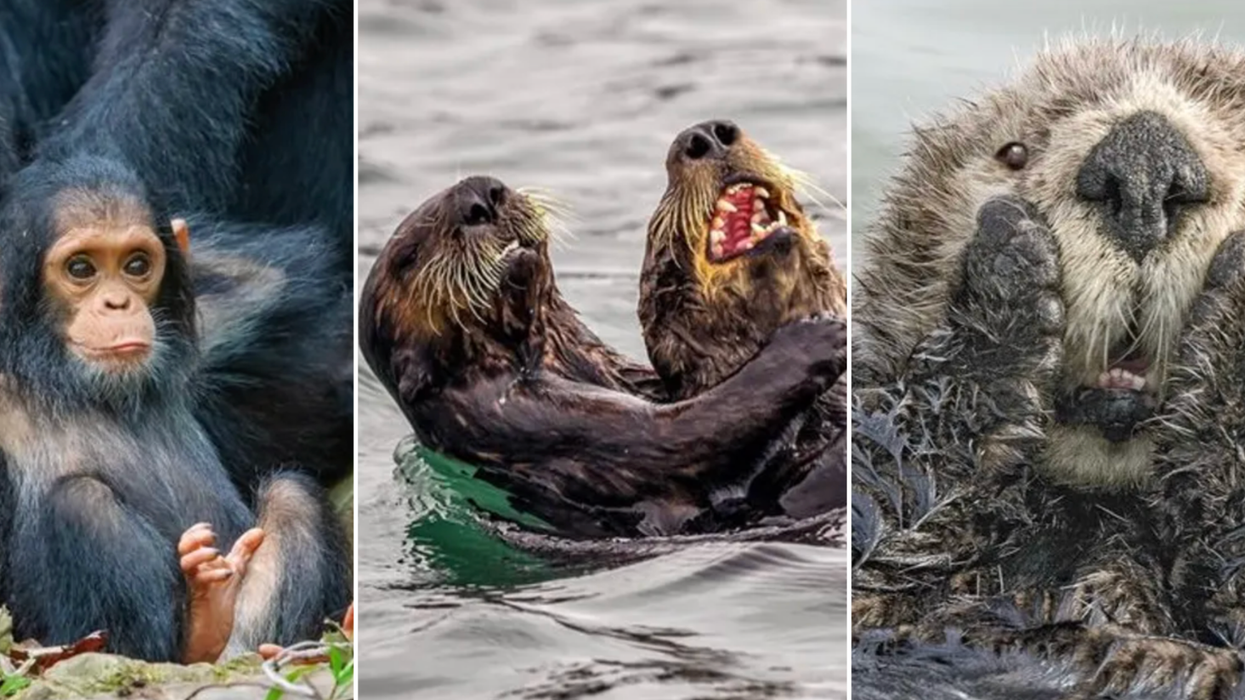There are currently more than 120,000 Americans waiting for a life-saving organ transplant, and every day, another 22 will die before they receive one. Procuring organ donations is a notoriously complicated and unpredictable business (for starters, something tragic usually needs to happen to a donor first), and can’t come close to meeting demand.
Researchers have been hard at work seeking a safer, more reliable way to increase the organ supply. For awhile, one method in particular seemed to be gaining traction: Figure out how to grow a human organ in an animal, then harvest it as needed. However, late last year, the government revoked all funding for this type of research in what the Mercury News called “a startling reversal of policy, reminiscent of the Bush administration's 2001 ban on embryonic stem cell funding.”
To many, the idea of human-animal hybrids (a.k.a. chimeras) provokes an unease straight out of our darkest sci-fi landscapes. But at UC-Davis, one reproductive biologist Pablo Ross persists in his exploration of the field despite a lack of funding. For now, Ross does something called “gene editing.” The process is more than a little reminiscent of Frankenstein: First, he takes a pig embryo and deactivates the gene necessary for developing a pig pancreas. Then, a few days later, he adds in human stem cells to grow a human pancreas instead.
“All the organs are from the animal, except the targeted organ—the pancreas, in this case—but it's going to be made of human cells instead of being made out of the animal’s own cells,” Ross explains. Why the pancreas? Ross says that’s simply the organ that was used as proof-of-concept by Dr. Hiromitsu Nakauchi, one of his collaborators in the project. “It was in Japan where they created a rat pancreas inside a mouse or the reverse,” says Ross, “a mouse pancreas inside a rat.”
Once the pancreas-growth process is perfected, this approach could theoretically be applied to other organs. It may be obvious, but let’s talk about it anyway: The animals in which Ross’s team generates these organs will not survive; in essence, they’re turned into disposable organ factories, à la the nightmarish book/movie Never Let Me Go, in which human children are raised to grow organ for the rich.
The National Institutes of Health’s (NIH) funding ban isn’t necessarily permanent; for now, the organization is trying to work out whether animals with human organs might require special ethical considerations. In a statement, Carrie D. Wolinetz, associate director for Science Policy at NIH, said that the ban provides "a unique opportunity to take a deep breath ... and consider whether any additional policies are needed to promote the responsible conduct of this promising science.” In response, a nationwide coalition of scientists—including a vocal group at Stanford—has spoken out against the ban.
It’s a murky area in which to delve, which is likely why bioethics has become a hot topic of discussion in college philosophy courses. Justin Teague, an adjunct instructor of philosophy at Farmingdale State College in New York, discusses these issues in his classroom every semester. "I expect most moral arguments against creating chimeras (besides those concerned with animal welfare) rest on a problematic identification of our humanity with our bodies rather than our minds,” says Teague.
In other words, how much human can we put in a pig before it no longer is considered a farm animal? As Dr. Nakauchi told the MIT Technology Review earlier this year, “If the extent of human cells is 0.5 percent, it’s very unlikely to get thinking pigs or standing sheep.* But if it’s large, like 40 percent, then we’d have to do something about that.”
These are important questions to work out, which is why the NIH is putting the brakes on funding the research for now. But with so many human lives on the line, we may not have the luxury to ponder this ethical debate for long.
*Yes, pigs are quite smart and sheep already stand, but they still aren’t exactly human.
















 Otis knew before they did.
Otis knew before they did.